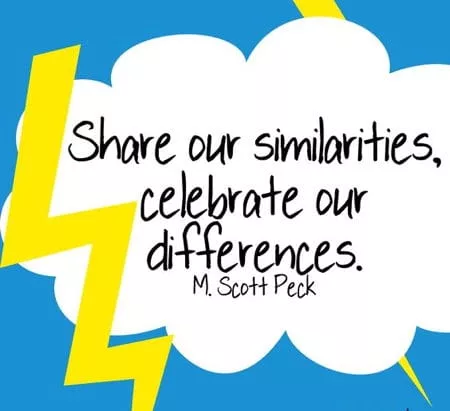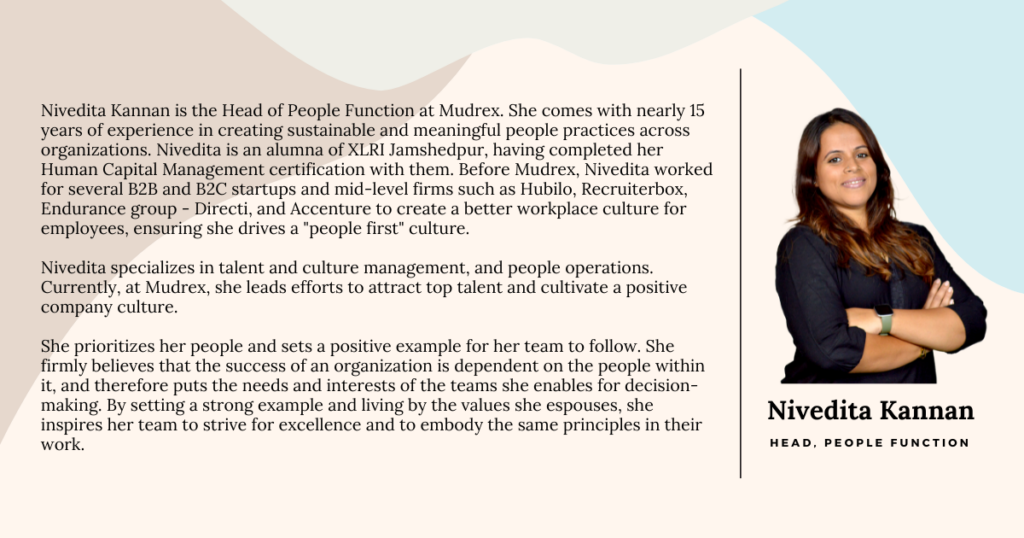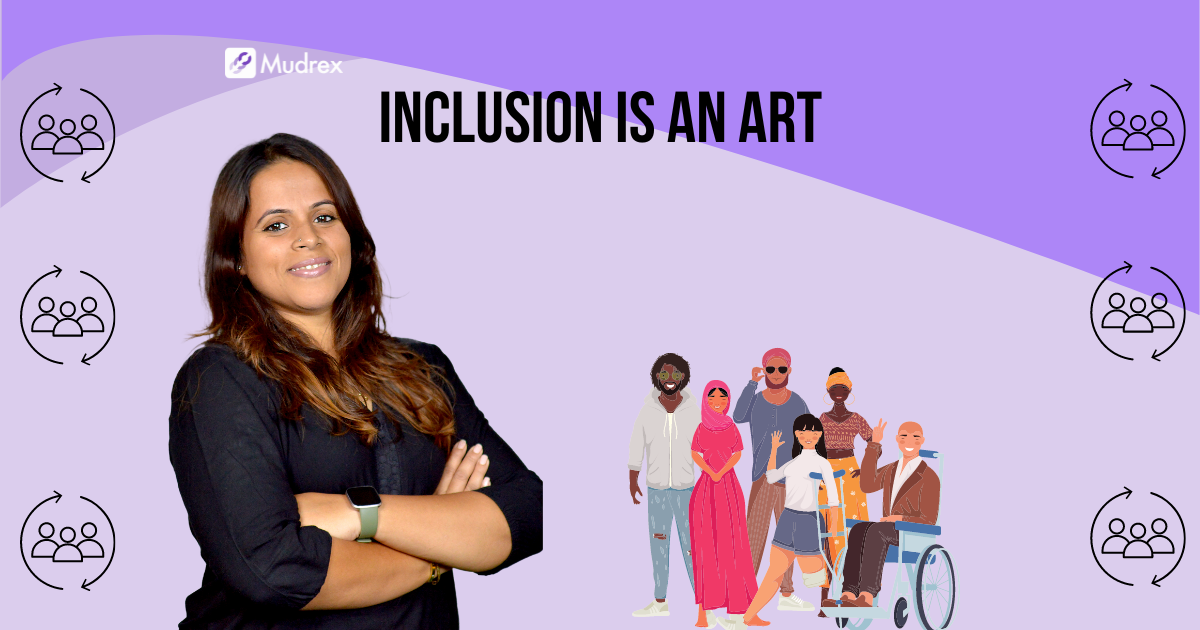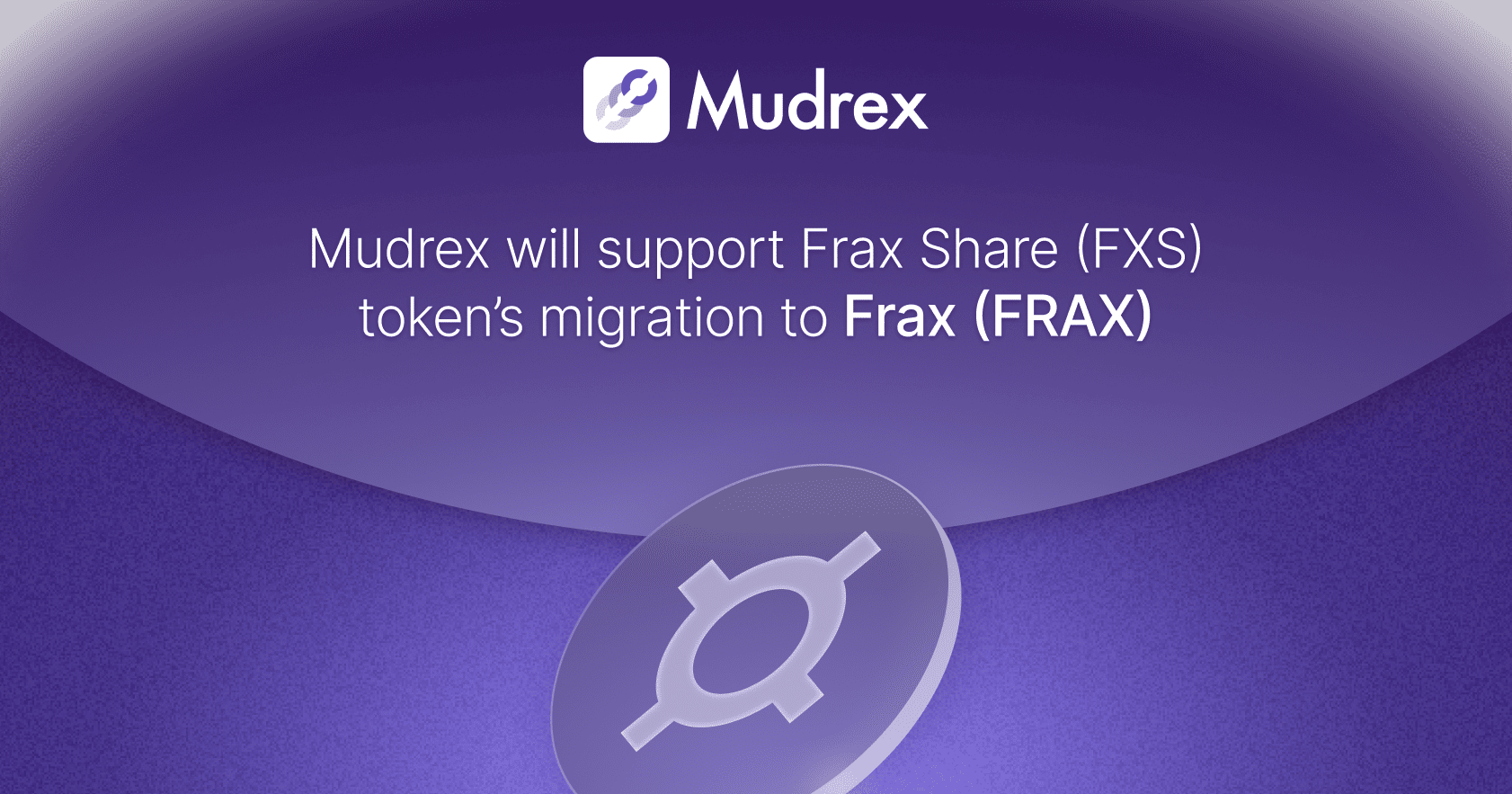Inclusion is an art. It is done by intentional acts that enable everyone in the room to participate actively and feel a sense of belonging. The outcome is a huge win for everyone. Arthur Chan said “Diversity is a fact. Equity is a choice. Inclusion is an action. Belonging is an outcome.” This is my favourite saying since it perfectly summarises why inclusivity enables business success. When you feel a sense of belonging, the need for what you’re doing to succeed becomes your own mission as well. What could be more empowering than that?
Despite teams saying repeatedly that they would like to build this for their people, they could fall short in some way. This often happens when the attempt feels forced or too deliberate. Inculcating inclusion can be and should be seamless and organic. Making small changes in one’s day to day is all it takes, really. For example, when in a meeting – simply acknowledging everyone in the room and their role in the meeting is a great place to start. Being mindful not to make observations about someone’s differences out loud is another. We’re all entitled to opinions but we’re all also entitled to our feelings and not everyone would appreciate certain comments. Being mindful of that and altering our reactions and responses at work is another.
Let’s do a quick independent activity, shall we? Notice the picture below? I’ll ask a question when we scroll further into this piece.

What did you notice first when you saw this? Did you see the gender distribution? The appearance of different characters? The ladies with the big hair? The man in the yellow hat?
The point of this activity was to help you acknowledge that you are surrounded by differences and diversity everywhere you go. And these are not just overt differences, these are also intrinsic personality level differences that would take one years to figure out entirely about a person. It is what you do around these differences that would define how inclusive you really are. For example: would you work with everyone the same? Is that inclusion? Or would you be mindful and respectful of the differences and alter your behaviour around them to address what works for them and what doesn’t? True inclusion stems from here. Differences need not threaten, differences need to be acknowledged. That is true inclusion.
What could feel exclusive at the workplace? Speaking only to a few people in a meeting room full of more, speaking in languages that not everybody in the meeting room may be fluent in, making jokes that have only insider context in the presence of others who lack this context, making plans that don’t accommodate folks who have commitments or other plans on a particular day, providing context and agenda only to a few people rather than everyone who could benefit from that context, planning activities for the team that doesn’t help those who may be disabled and so many more such examples.
Inclusion is a mindset that is a huge game changer for businesses and teams regardless of size. You’ll find similarities and differences alike at your workplace. Making this happen in teams where no one feels left out is the need of the hour. I’ll leave you with this –






